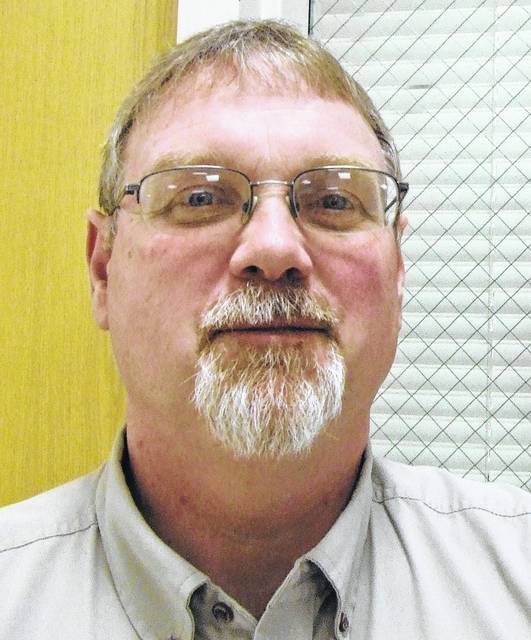
This week I want to pay tribute to a dear friend and fellow agriculture leader in Clinton County, Mr. Dale Hertlein.
Dale is currently the Executive Director for the USDA Farm Service Agency (FSA) located here in Clinton County. He will soon be amongst the ranks of retired.
He has served in this role (title changing a little over time) for the past 25 years here in the county and his agricultural career extends farther than that. It has been a pleasure working with Dale over the years in many programs associated with the ever changing Farm Bill and many other related programs.
If you are near the FSA office here on Nelson Avenue this next week, be sure to wish him congratulations and success with the next phase of his journey. Thanks for everything Dale!
Speaking of the Farm Service Agency, I want to remind any producer that may qualify for COVID-19 assistance that time is running out to get the necessary forms filled out and turned into the FSA office.
According to Dale and his staff the deadline to apply is Sept. 11 for the Coronavirus Food Assistance Program (CFAP), a program that can provide financial assistance for losses experienced as a result of lost demand, short-term oversupply and shipping pattern disruptions caused by COVID-19.
Many crops and livestock are eligible for this assistance including cattle, dairy, hogs, Non-specialty crops such as corn and soybeans (many others) in our area, Specialty crops such as many of our fruits and vegetables, and several crops noted as “other crops.”
For all the eligible commodities and how to get your paper filed with the Clinton County FSA office contact the staff at 937-382-2315.
For additional information about this CFAP program, please visit farmoffice.osu.edu. Information provided on the program by USDA along with a webinar for new FSA program participants is available at www.farmers.gov/CFAP.
There is more information on our Clinton County Extension Website at https://clinton.osu.edu/news/sign-usda-cfap-direct-support-begin-may-26-2020 .
Eligible producers are defined as any person or legal entity that shared in the risk of producing the crop or is entitled to share in the revenue from marketing on Jan. 15, 2020 or April 16, 2020 through May 14, 2020. An eligible producer must also be a U.S. citizen or resident alien.
Recommended
Finally this week, the long awaited Tri-State Fertilizer Recommendations for corn, soybeans, wheat and alfalfa guide is becoming available. Revising the 1995 guide, the Tri-State recommendations will provide farmers in Ohio, Indiana, and Michigan a new level of recommendations for creating fertile ground for their corn, soybean, wheat, and alfalfa crops.
According to the authors, the free and newly revised Tri-State Fertilizer information will offer guidelines for how much nitrogen, phosphorus, potassium, calcium, magnesium, sulfur, and micronutrients soil should have to spur high crop yields without jeopardizing water quality.
One important take home message according to the authors is that if every farmer utilizes and follows this document for better nutrient management, we will have better water quality.
Some of the recommendations in the revised Tri-State guide changed little from those made in the original guide published in 1995. The biggest changes were made to the recommended potassium and nitrogen levels.
The new recommended rates for nitrogen are intended to increase farmers’ profits by taking into account both the price of that fertilizer as well as the expected earnings from selling the grain produced.
Farmers should have confidence in utilizing the recommendations this guide will provide. That confidence comes from six years of research done from 2014 to 2019 in fields in Ohio, Michigan, and Indiana, testing nutrient levels best for corn, soybeans, and wheat.
“We know today that the 1995 recommendations weren’t too far off,” said Harold Watters, an agronomy field specialist with CFAES.
“The biggest and most surprising fact we saw from the work is that crops today are more efficient at producing a bushel of grain with less nutrients than they were in the past.”
For a link to the website providing a summary of the guide’s recommendations, visit go.osu.edu/fert-recs . A hard copy of the full published guide will be available soon from Ohio State University Extension Publications’ store — extensionpubs.osu.edu .
Tony Nye is the state coordinator for the Ohio State University Extension Small Farm Program and has been an OSU Extension Educator for agriculture and natural resources for over 30 years, currently serving Clinton County and the Miami Valley EERA.


